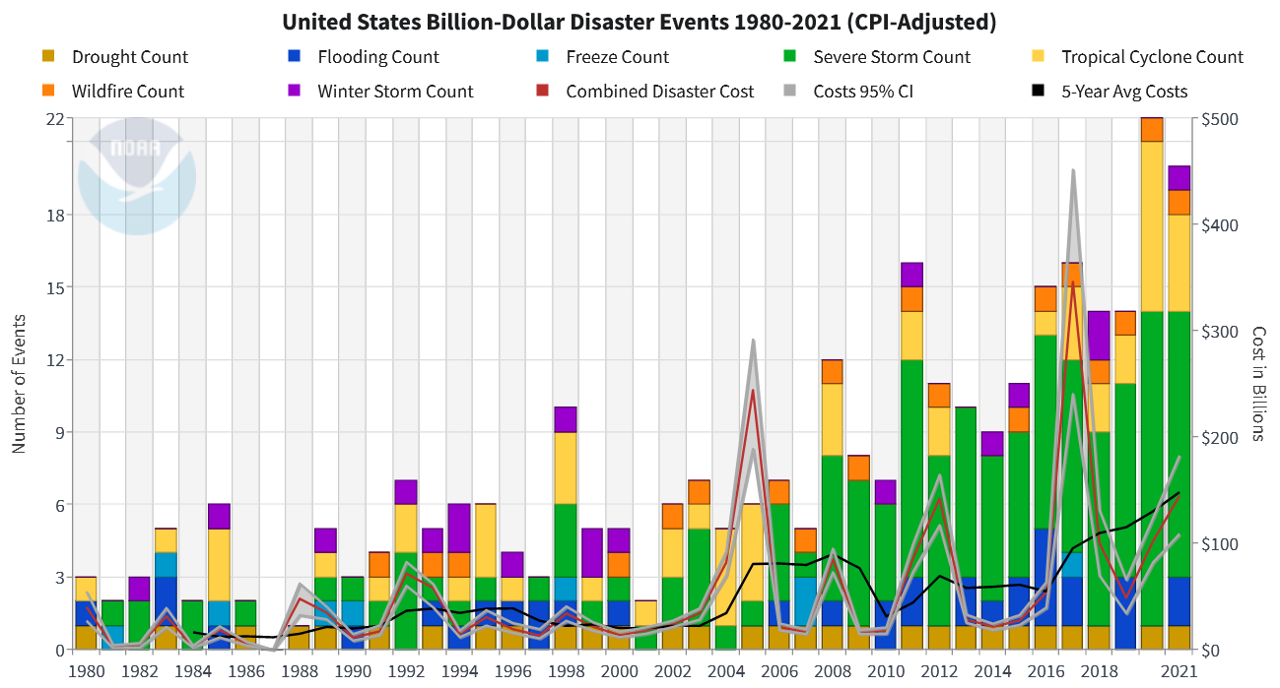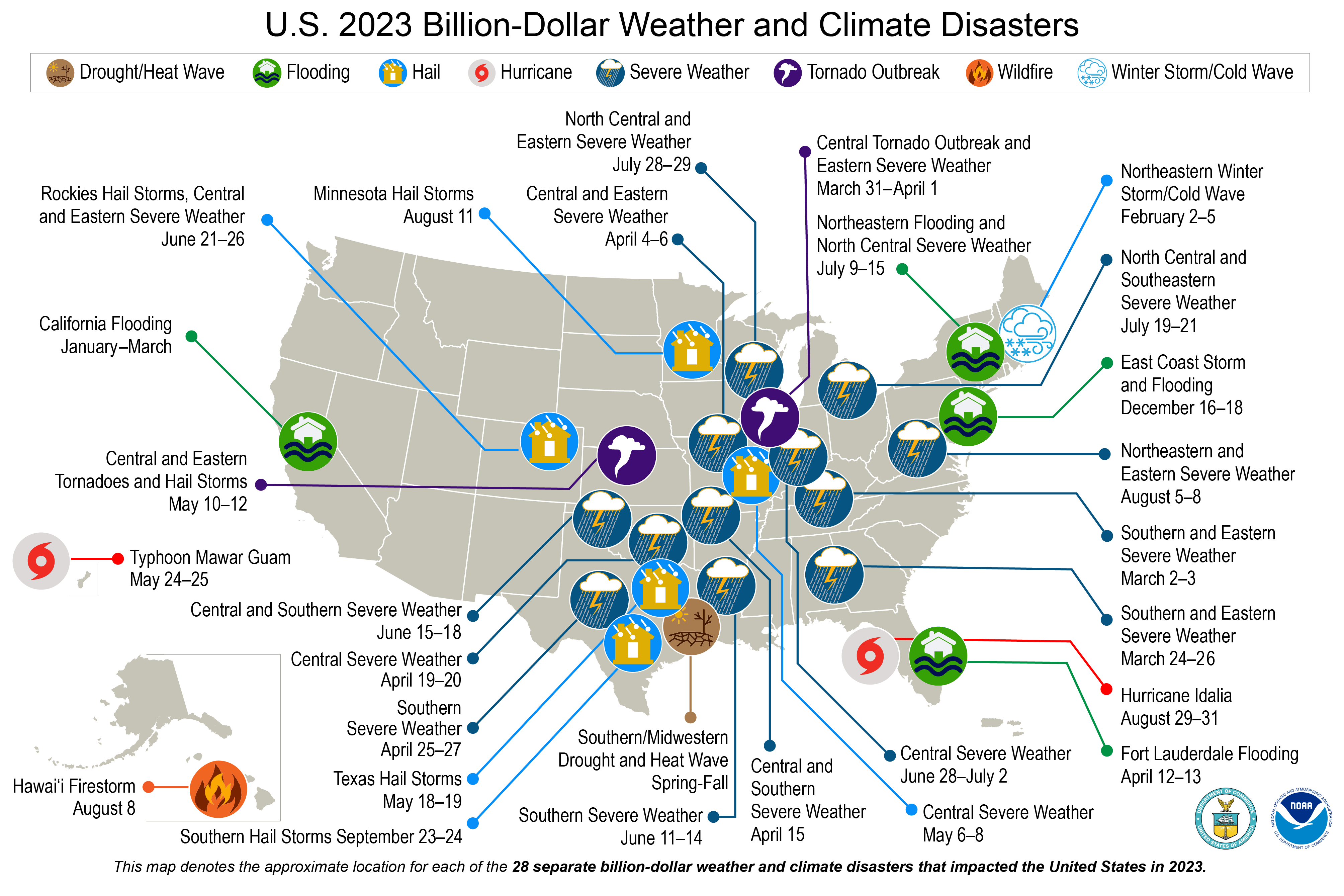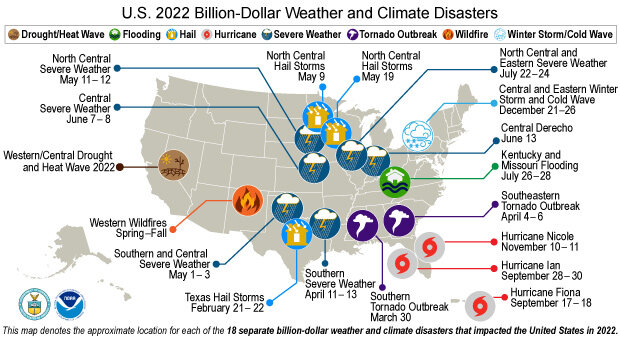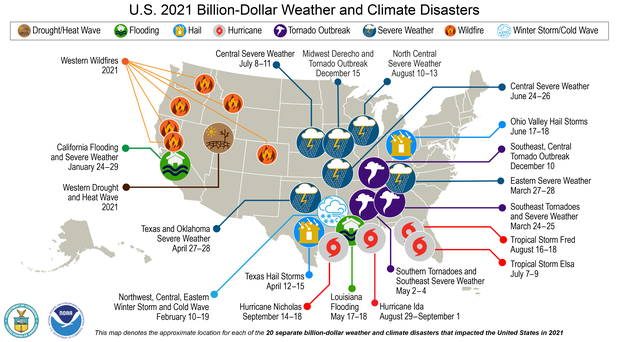Everything’s bigger in Texas. But especially mind blowing are the ordinary automobile gas stations, each of which have more junk food than the total junk food in most countries!
Here are some scenes from a local gas station in San Antonio.
A renaissance man for the twenty-first century!
Most people think the NSA is located in Ft. Meade, Maryland – and indeed, part of it is there. But according to rumors — and mind you, these are just rumors! — another NSA complex is located in San Antonio.
Of course, San Antonio is HOT – it actually broke global heat records in 2023 for the most continous days above 40C/100F. So as you can imagine, IF the rumors are true — and if the NSA were located in San Antonio — and I have no way of knowing if those rumors are true — and IF the NSA operated a huge datacenter — then it would be quite reasonable to expect a LOT of air conditioning.
Well, rumors aside, right next to a Walmart I spotted a HUGE field of massive air conditioning units – with no buildings in sight! To give a sense of scale, these air conditioning units easily cover a size of 10 footballs fields! So it does make one think: what exactly is being cooled, where, and for what reason?
Texans can be crazy. After the world’s hottest and longest summer with 100+ continuous days of temperatures higher than 40C / 100F, San Antonio had a cold spell where the temperatures dropped below zero.
Because this never happens, the Texans of San Antonio panicked. The television stations broadcasted instructors about the 3P’s: Pets, Plants, Pipes. And there was a “run” on bottled water, since the Texans thought the world might actually end:
The evolution of programming languages from the electromechanical 0GL to the advanced 5GL has fundamentally altered human-computer interaction. High-level languages and Low-Code/No-Code platforms have democratized programming, leading to the recent integration of AI tools which challenge traditional programming roles. But now, the confluence of AI with coding practices may not be merely a further incremental change but could represent the inception of a new paradigm in software development, a symbiosis of human creativity and computational efficiency.
How humans program computers has only changed a handful of times in the last 130 years. The first tabulating machine was electromechanical. It was first introduced by Herman Hollerith’s company in 1890, and in fact these business machines put the BM in IBM. They could do limited digital processing on data provided to them via punched cards. An operator would program them with jumper wires and plugs on a pin board, telling the electricity where to flow and thereby which calculations to carry out. Let’s call this programming approach the Zeroth Generation Language, or 0GL.
The first large computers that followed borrowed Joseph Jacquard’s loom approach from 1803, using a defined instruction set encoded by ones and zeros; these were the First Generation Languages (1GL). Often they were implemented by giant roles of black tape with holes, a technology dating back to Basile Bouchon in 1725. The computing power was limited, but the only limit to the size of your application was how much tape your roles could hold.
The Second Generation (2GL) assembly languages increased human usability by replacing 0’s and 1’s with symbolic names. But in fact this was a small paradigm change, because these languages were just as tied to their hardware as were the wires in the tabulating machines 50 years before them.
The next great jump was FORTRAN (in 1957) and COBOL (in 1959). These languages were more human-readable than assembly, but that was not the key point. The key point was abstraction, achieved via machine-dependent compilers, so that one FORTRAN or COBOL application would presumably give the same answers on any machine on which it was run.
The transition to Fourth Generation Languages (4GL) was all about a leap in usability. Invented around 1970, SQL is the most notable example, using a human-like syntax: you tell it what you want, and it figures out how to get it. Despite its age it’s never been replaced and remains the gold standard for interacting with relational databases today.
Many computer scientists argue that the newest Low-Code/No-Code programming environments, such as Microsoft PowerApps, are the latest addition to the 4GL cadre since they similarly require little knowledge of traditional programming structures. This paradigm is exploding in popularity and transforming the enterprise IT landscape: business users (not IT professionals) create ephemeral applications to solve specific and often short-term business problems. But how ironic that with their GUIs and controls and connectors, they are the modern digital equivalents of the 0GL tabulating machine pin boards from 130 years ago!
Some people have argued there are now Fifth Generation Languages (5GL), used for artificial intelligence and machine learning, where the focus is on the results expected, not on how to achieve them.
The evolution of 0GL to 5GL is all about the leaps in how humans interact with machines. But not unsurprisingly, the advent of ChatGPT (and its cousins like Bard and GitHub Co-Pilot) has brought about a new paradigm in how we develop applications. As the new generation of college computer science students now well know, you don’t have to write your own Java/PHP/Python… code anymore; instead, you can ask ChatGPT to write it for you. Or for example, you can feed ChatGPT buggy code or code lacking in quality, and ask it to remedy the situation, or to create the tests and documentation. To be sure, there are limits, and a good human understanding of the language is essential to avoid errors and ensure you get the results you want. But the technology is advancing rapidly, its limits are contracting, and the degree of user-needed corrections shrinks every day.
If we project this situation forward – even just a bit – its ludicrousness becomes self-evident: humans asking AIs to create human-readable code for humans that no longer need to read the code! This paradox underscores a new era where the traditional roles of human programmers are not just assisted but fundamentally altered by artificial intelligence; it marks a significant evolution in computational development.
With Artificial intelligence now a key player in the realm of code creation, we need to examine its repercussions on this craft. This present state may be the start of a larger change, where artificial intelligence becomes a collaborative partner in code creation and the relationship between developer and programming tool is increasingly indistinct – in other words, a symbiosis of human creativity and computational power.
Continuing the series,
Continuing the series,
Continuing the series,
Louisiana is not exactly the high tech capital of the US. In fact, most people would say its downright “backwards.” Anyway, you can imagine my surprise when I found this very high-tech check-out counter at a gas station in very rural Louisiana. It works not by RFID or barcode scanning, but rather by image recognition:
Continuing the series, I took this snap just outside of the railyards in Biel / Bienne,
Interestingly, there is a link in the mural to the artist: https://www.seyo.ch/
Continuing the previous post, here’s a snap that does a better job of driving the point home:

Living in Switzerland is at times strange. There is no palpable evidence of Global Warming here, consequently the public here has no sense or urgency.
Fair enough. I can’t fault the well-meaning people here who do work on so-called “sustainability” measures.
But while I respect the people and their goodwill, I am a non-expert in this area so I can’t help but find the word “sustainable” to be somewhat silly in view of (1) the tremendous environmental debt that must be repaid (in other words, are we not responsible for the prior damage done?), and (2) the tremendous global warming momentum (in other words, if CO2 levels were frozen now, the planet would continue to heat). Don’t get me wrong: I’m happy if we replace a plastic bag with a paper one — but that hardly makes a difference to our situation.
Here are some interesting snaps from a place where the effects of Global Warming are palpable, and where many family, friends, and colleagues have now suffered real losses due to this effect.



I recently took a snap of the effect of Global Warming, in which the hot Texas air was filled with dust from the Sahara. Google decided it was worth stylizing for me!